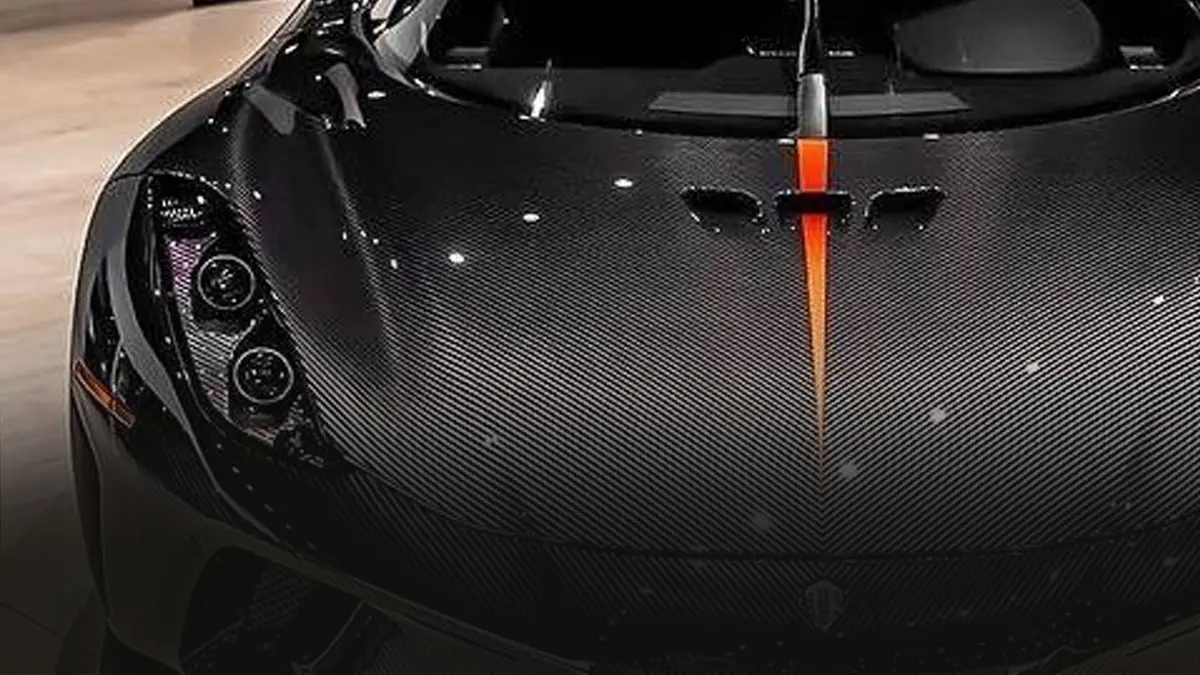The European Union (EU) is planning a major move that could shake up the automotive and aerospace industries. Lawmakers want to label Carbon Fibre (CF) as a hazardous material under the revised ‘End of Life Vehicles Directive’. This directive focuses on how vehicles are recycled once they’re no longer in use.
So, Why The Sudden Concern?
EU experts believe that carbon fibre, despite its strength and lightweight properties, could pose a health risk. When broken down or processed, tiny filaments from carbon fibre might become airborne. If they come into contact with human skin or are inhaled, these could cause harm. This makes it similar to other materials already on the EU’s danger list, like lead, mercury, and cadmium.
If this amendment becomes law, the change would roll out starting in 2029. Automakers across Europe and Asia would then need to reduce or completely phase out carbon fibre in their vehicles. That’s a big deal, especially because the auto industry alone uses nearly 20% of the world’s carbon fibre supply.
ALSO READ: Tesla Sales In Europe Drop By 44% in February! Musk’s Politics Backfiring?

The impact would be hard on manufacturers of sports cars, supercars, and performance-centric electric vehicles. These make generous use of Carbon Fibre in their construction, to stay lightweight and perform efficiently. Brands like BMW, Tesla, Hyundai, and Lucid could face challenges adapting to the new rules.
The global carbon fibre market was worth $5.5 billion in 2024, and Asia’s biggest manufacturers—Teijin, Toray, and Mitsubishi Chemical—hold over half of it. Following EU’s announcement, their stock prices have dropped sharply. It’s clear that this potential ban could have major financial consequences as well. Having said these, time still remains before the proposal becomes law.


